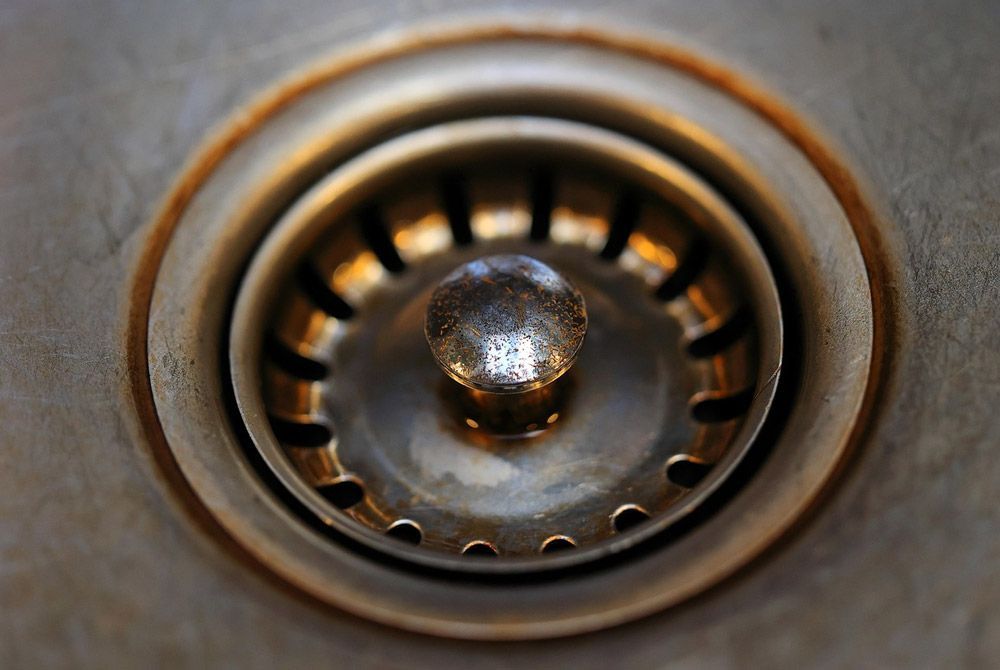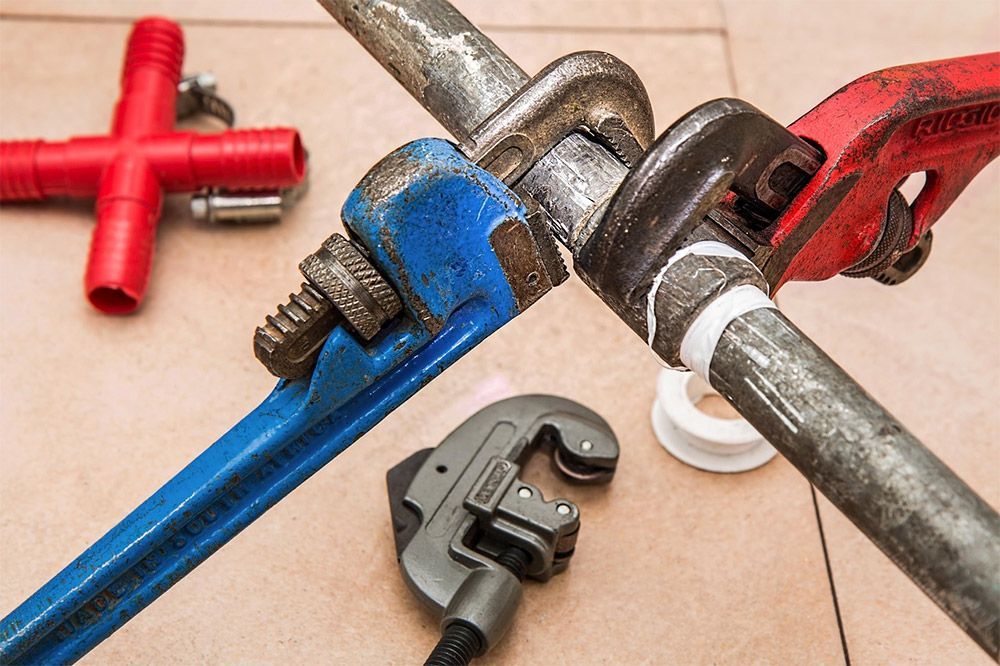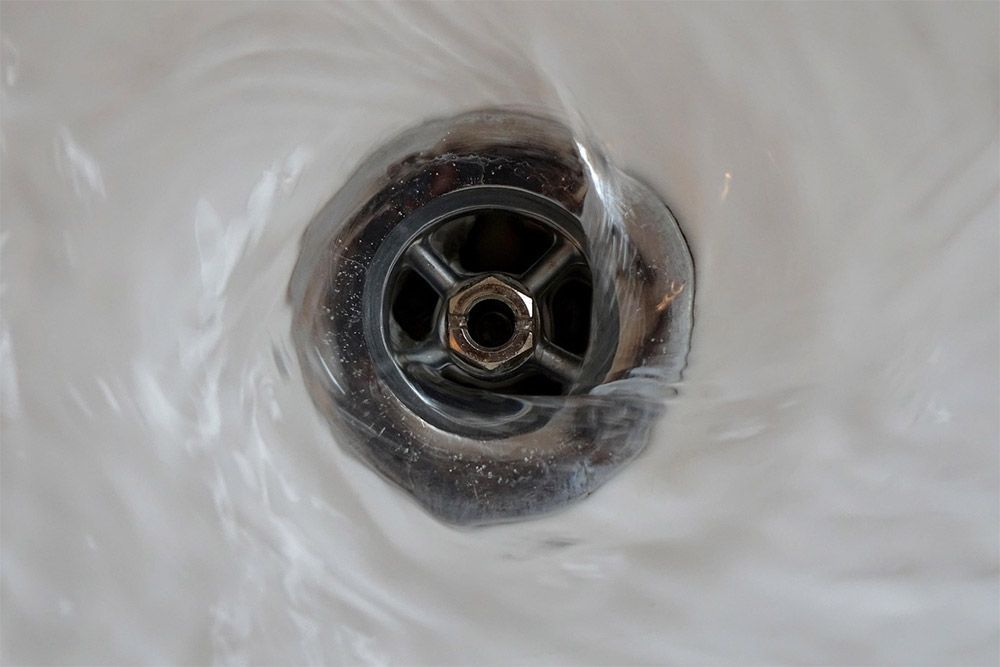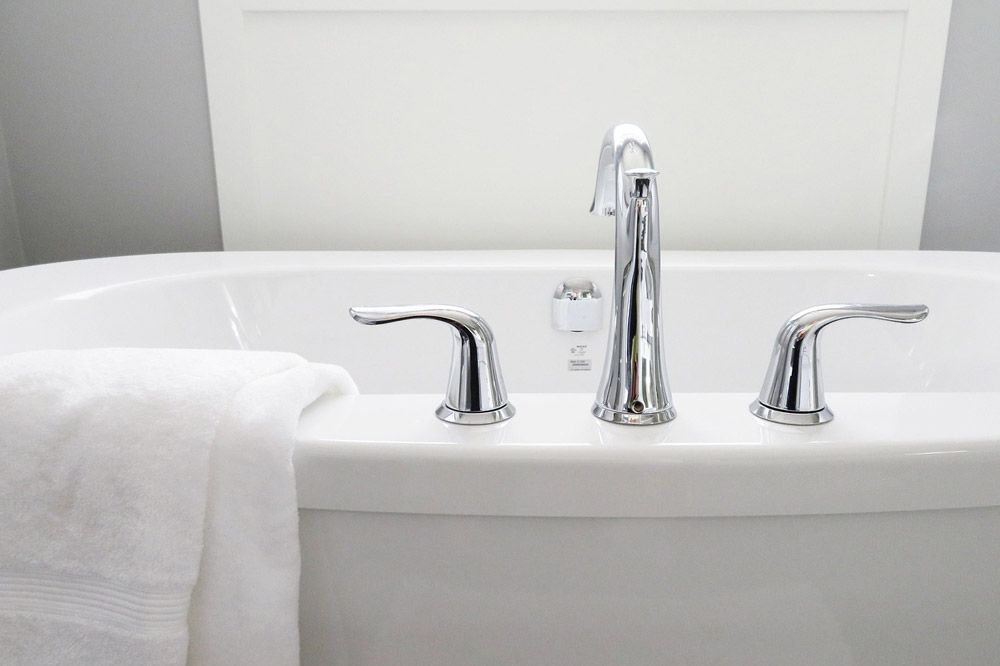5 Signs You Need Sewer Line Repair Or Replacement Services
5 Signs You Need Sewer Line Repair Or Replacement Services
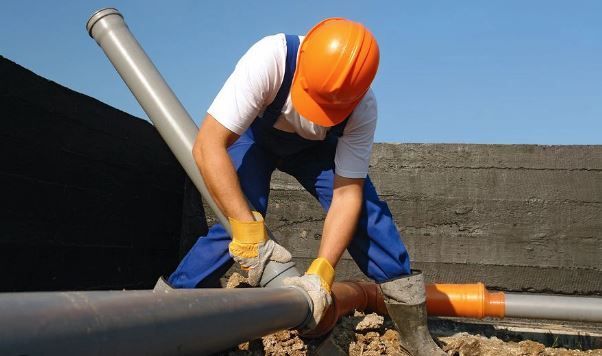
Did you know that a leaky sewer line could be costing you hundreds of dollars each month? It could be the reason your water bill is so much higher than it was just a few short months ago or it could lead to a costly plumbing catastrophe, and if you don’t know what to look for your bank account will seem like it’s leaking, too! How can you tell if you need a
sewer line repair? Find out below!
1. Slow Drainage: A common indication of a blocked sewage system is when your pipes are slow to drain. This can lead to things like erosion of PVC and/or cast iron piping which can leave you in a world of trouble.
In the event that your bathtub, sink, or toilet is draining very slowly, it may be due to a more severe issue like cracked pipes, or intrusion of tree roots.
2. Foul Odors: Another telltale sign is the smell of sewer gas within your home. Under normal conditions, your sewer line has an airtight seal. But if it cracks, chips, or breaks, you may start to smell gas.
3. Mold Growth: If your sewage line breaks, it’s often followed by mold growth within your walls and that’s the last thing you and your family need.
4. Backups and Blockages: Sewage systems usually back up in the lower opening of the drain, which is typically caused by a blockage in the sewer line. You may begin to notice difficulty flushing the toilet completely or slow drainage in the sink or shower.
5. Backups and Blockages: Sewage systems usually back up in the lower opening of the drain, which is typically caused by a blockage in the sewer line. You may begin to notice difficulty flushing the toilet completely or slow drainage in the sink or shower.
If you notice one or more of the above signs, it’s time to call Afford-A-Rooter Plumbing Services who can conduct an in-depth sewer inspection.
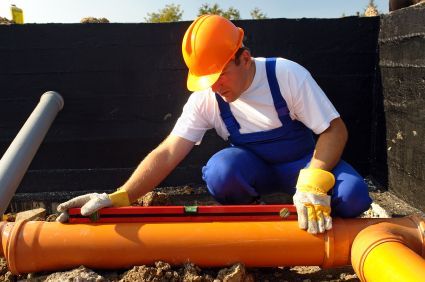
It’s critical to have a professional inspect and repair this problem as quickly as possible, not just because the odor is undesirable, but also because sewage gas can make you and those who are exposed to it sick if exposed to it for too long. In this case, sewer excavation may be required to fix a damaged old pipe; however, it could simply be as minor as a cracked seal.
A slow-emptying toilet, sink, or bathtub is one of the most obvious symptoms that you need a sewage line replacement or inspection. A clogged sink or other appliance is a typical problem in the home. It grows more severe if it is not treated using regular drain-clearing methods. Slow drains, such as clogs, and backups, can result from a problem with the main sewer system. Foaming is one indication of this, eventually leading to a full-blown backup.
If your drains and toilets are draining slower than usual, it’s possible that your mainline is cracked or has tree root intrusion. If this is the case, replacing the broken line may necessitate a sewer excavation. It’s also worth noting that while entire chemical drain cleansers may seem appealing, they can accumulate in pipes and cause harm to the iron or PVC. If this happens, you could need new pipes rather than just a cleaning. It could be a clue that your
sewer line is a problem if you monitor it in several locations throughout your home.
Clogs and backups, which normally start in the lowest open drain, are one clue that you require sewer repair. If you’ve noticed repeated backups in your sinks or bathtubs when you try to run water down them, it could be an indication that the sewage line is broken, and you’ll need a
sewer line inspection to figure out what’s wrong and how to fix it. When sewer lines get completely clogged, water is driven back through the lines and into your property, resulting in backups.
Get to Know Your Local Sewer Repair Specialist
If you're looking for a reliable sewer repair specialist in your local area, you may want to check out Afford-A-Rooter Plumbing Services. Our team of experienced plumbers specializes in a wide range of plumbing services, including
sewer line repairs, replacements, and installations.
One of the benefits of working with Afford-A-Rooter Plumbing Services is that they have years of experience in the industry and use the latest technology and techniques to ensure that your sewer repair is completed quickly and efficiently. They also offer competitive pricing and strive to provide top-notch customer service.
Afford-A-Rooter Plumbing Services offer a variety of services to Denver, CO clients that are in need of sewer cleaning or sewer line repairs. When preventative techniques are no longer an option, our team will handle whatever sewer service is required to get pipes back in optimal condition. Whether it’s sewer line repairs or full-scale replacements, our team treats each project with meticulous care. Let our experts provide you with reliable and efficient sewer services in Denver, CO.
The Afford-a-Rooter Plumbing Repair Guarantee
24/7 Immediate Response
Certified Emergency Plumbing Service Professionals
Affordable, High-Quality Services
Recent Blog Post
